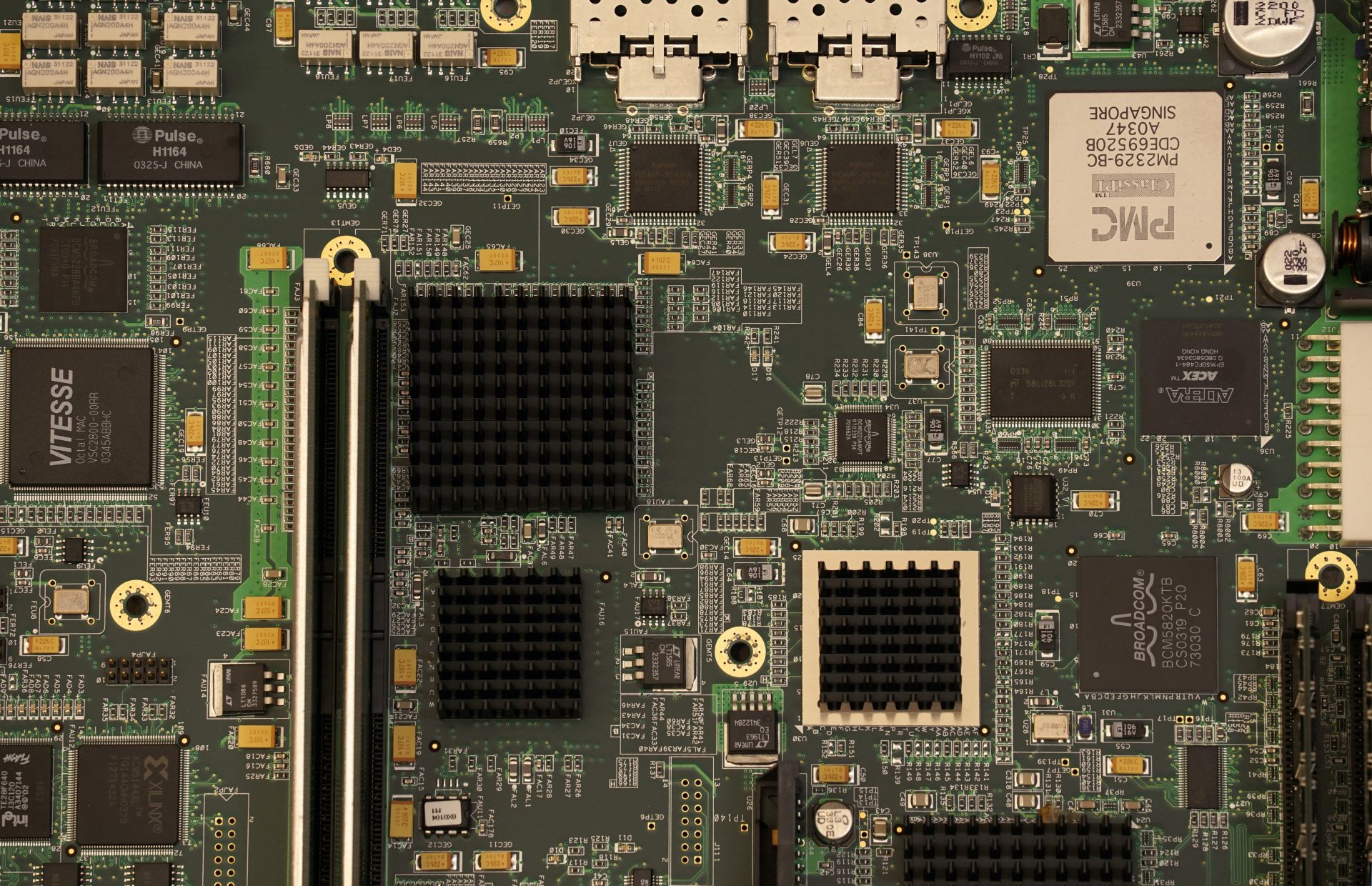Media Releases
Deep learning for better healthcare

James Cook University scientists have been part of an international team examining how to make advanced computing systems in health care run better as a bottleneck in processing power looms.
JCU’s Dr Mostafa Rahimi Azghadi said that the healthcare industry is projected to be worth over 10 trillion dollars by 2022, and the associated workload on medical practitioners is expected to grow.
He said scientists can use the astonishing progresses in the field of ‘deep learning’ (DL) - algorithms inspired by the human brain that learn from large amounts of data – to help the healthcare industry keep up with the growing demand.
“The problem is that development of dedicated hardware to process DL algorithms is struggling to keep up. The computing requirements of DL have doubled every 3.4 months since 2012.
“However, based on Moore’s law, the computing power available doubles only every 18-24 months, which is obviously inadequate to keep up with the demand from DL. Even before you consider the fact that advances in computing power appear to be slowing down,” said Dr Rahimi Azghadi.
He said that one way around this is the development of specialised DL accelerators, which are tailored to run DL algorithms for specific applications such as healthcare and point of care devices.
He said that in healthcare, ‘edge’ accelerators are preferred, because they perform the expensive processing computations close to where the data is produced.
“With edge processing, not only is undesired remote storage and processing of private patient data not necessary, healthcare monitoring and diagnosis can be provided wherever the patient is, such as in remote communities,” said Dr Rahimi Azghadi.
He said the challenge is developing edge-based processing that combines compactness, low-power, and speed at a low-cost to make smart health monitoring viable and affordable.
“We found that despite notable progress in deploying hardware platforms for DL processing, biomedical and healthcare tasks have mainly relied on standard technologies and Graphics Processing Units (GPUs), which are not suitable for DL-based edge healthcare and point-of-care devices. This motivated us to look at different technologies to find suitable candidates for healthcare at the edge.
“Our paper is the first to investigate the use of three emerging and established hardware technologies for facilitating DL acceleration, with a focus on biomedical applications.”
He said the team concluded that adopting medical-AI tools would be a challenge demanding the collaborative attention of a wide variety of specialisations.
“It’s going to need hardware and software engineers, data scientists, policy-makers, cognitive neuroscientists, device engineers and materials scientists, amongst other specialisations, all working together to solve this problem,” said Dr Rahimi Azghadi.
Link to paper here: https://ieeexplore.ieee.org/stamp/stamp.jsp?tp=&arnumber=9250613
Dr Mostafa Rahimi Azghadi
E: mostafa.rahimiazghadi@jcu.edu.au